

Cancel
These early laser direct imaging (LDI) models perfectly meet the needs of these manufacturers - saving time and mask cost, while providing a high degree of flexibility and accuracy. Mass production manufacturers did not adopt LDI technology, mainly because the LDI system was too slow and the operation cost of adjusting mobile was too high. However, the latest technological development has changed the situation. Today, more and more mass-produced manufacturers use LDI for imaging solutions.
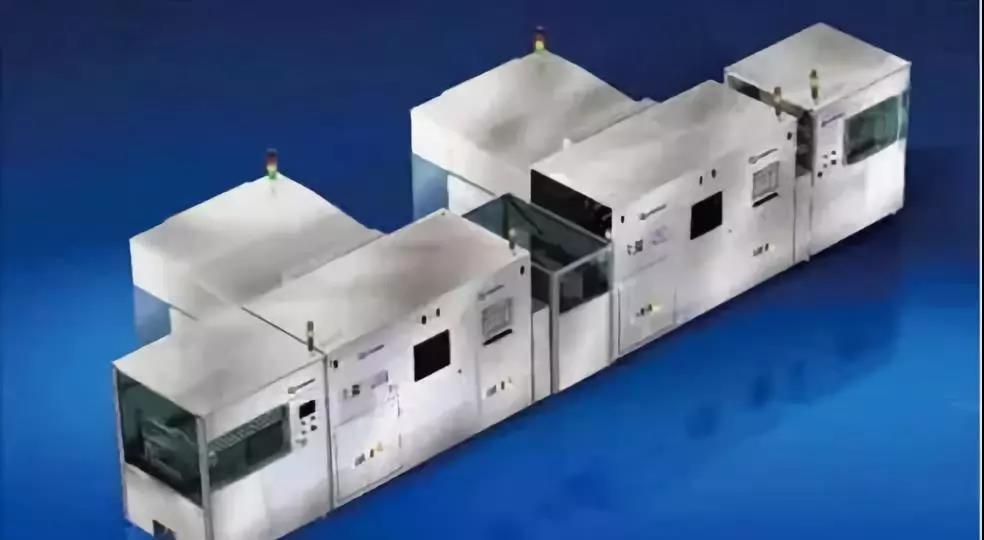
There is no doubt that the early adopters of laser direct imaging (LDI) technology are usually fast cycle, prototype or high-capacity manufacturers who need rapid and accurate sample preparation.
These early laser direct imaging (LDI) models perfectly meet the needs of these manufacturers - saving time and mask cost, while providing a high degree of flexibility and accuracy. Mass production manufacturers did not adopt LDI technology, mainly because the LDI system was too slow and the operation cost of adjusting mobile was too high. However, the latest technological development has changed the situation. Today, more and more mass-produced manufacturers use LDI for imaging solutions.

In order to meet the requirements of HDI mass production, the imaging method should:
1
1. While achieving low defect rate and high output, it can achieve the stable production of HDI conventional high-precision operation. For example:
*Advanced mobile phone board, CSP pitch less than 0.5mm (with or without wires between connecting panels)
*The plate structure is 3 + N + 3, and there are three stacked vias on each surface
*6 to 8 layers of coreless plate with superimposed through holes
In terms of imaging, such designs require a ring width of less than 75 μ m. In some cases, the ring width is even less than 50 μ m。 Due to the alignment problem, these inevitably lead to low production. In addition, driven by miniaturization, the lines and spacing are becoming thinner and thinner - meeting this challenge requires changing the traditional imaging methods. This can be done by reducing the panel size, or by using a shutter exposure machine to image the panel in several steps (four or six). Both methods get better alignment by reducing the influence of material deformation. Changing the panel size leads to high cost of materials, and the use of shutter exposure machine leads to low production per day. Neither of these methods can completely solve the material deformation and reduce the defects related to the photographic plate, including the actual deformation of the photographic plate when printing batches / batches.
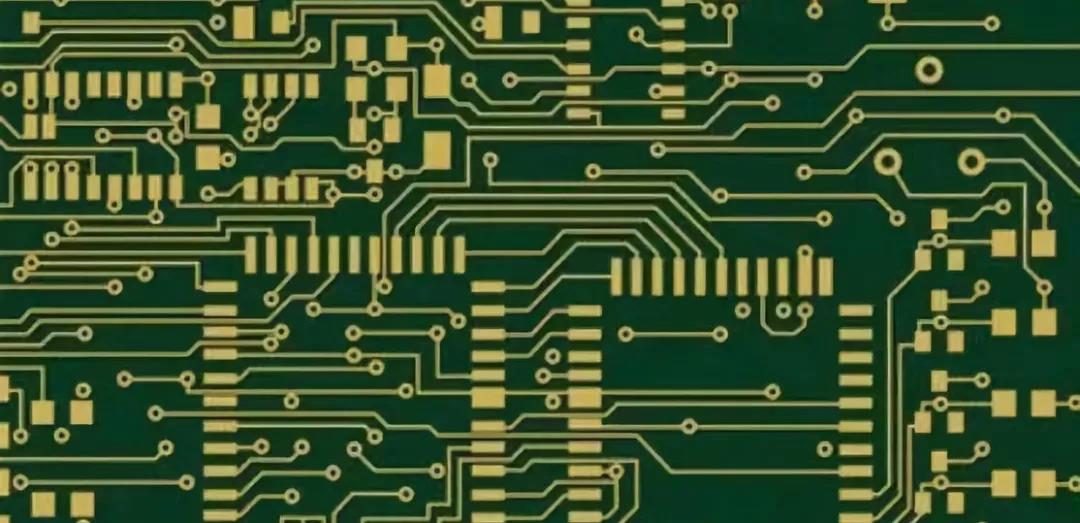
2
Achieve the required output by printing the required number of panels per day. As mentioned earlier, the relevant quantity of the required output should be taken into account in the accuracy requirements. In order to achieve the required yield, it is necessary to obtain high yield with the help of automatic control.
3
Low cost operation. This is the main requirement for any batch manufacturer. The early LDI mode may require replacing the traditional dry film with a more sensitive dry film, so as to achieve faster imaging speed; Or change the dry film into different bands according to the light source used in LDI mode. In all these cases, new dry films are usually more expensive than traditional dry films used by manufacturers.
4
Compatible with existing processes and production methods. The processes and methods of mass production are usually carefully specified to meet the requirements of mass production. The introduction of any new imaging method should minimize the change of existing methods. This includes the minimum change of the dry film used, the ability to expose each layer of solder resist film, the traceability function required for mass production, and more.
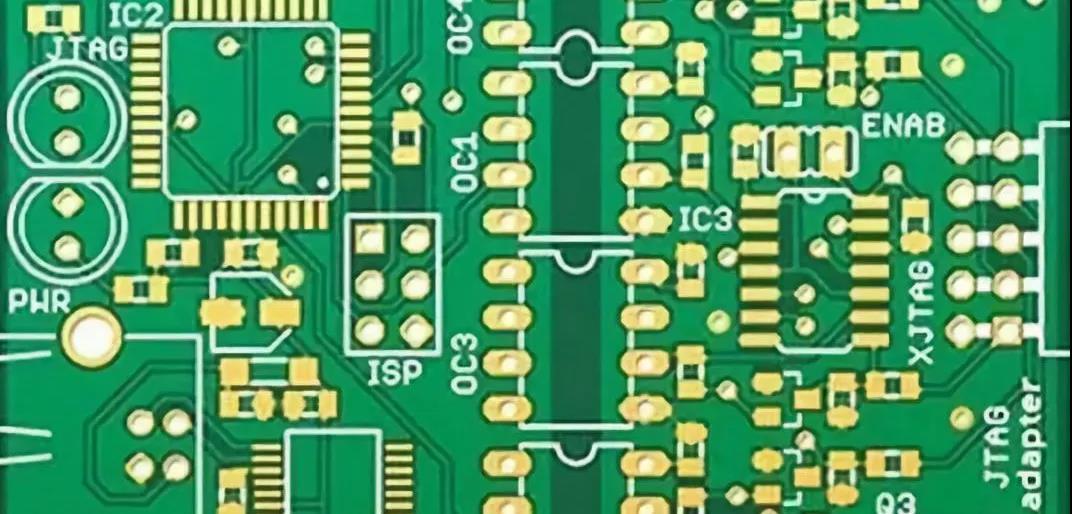
The latest development of LDI overcomes the limitations of early LDI technology and provides practical solutions to the requirements of mass production.
Accuracy - LDI has proven to be much more accurate than using existing shutter exposure machines. With the new design and lamination technology entering mass production from the R & D stage, higher precision imaging methods are required. Figure 1 shows the change from very complex design to mass production. When using the shutter exposure machine, it takes several steps to expose a panel. The advantage of LDI in these cases is that it can complete the imaging of precise alignment on large panels in one step without wasting time in multiple steps. The following photographs of metallographic sections compare the results obtained with the shutter exposure machine (Fig. 1) with the accurate results obtained with the LDI (Fig. 2).
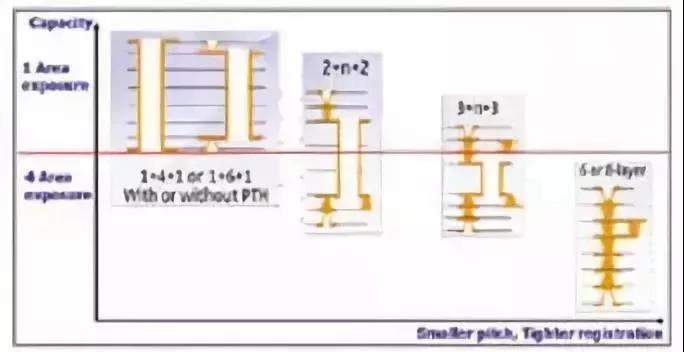
Figure I
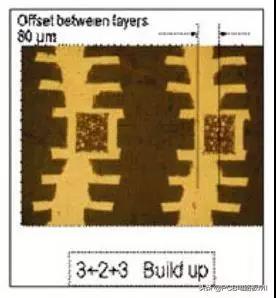
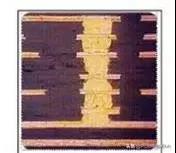
Output - the latest technological development of electronic products, along with the improvement of laser power supply (from 4W to 8W), can now make LDI meet the high output requirements of HDI production. The doubling of laser power supply enables PCB manufacturers to obtain high imaging output while continuing to use their traditional dry film. Table 1 shows the daily output (produced in 22 hours) obtained by the LDI of household 8W laser in the first factory and the output obtained by the LDI of 4W laser in the same factory. The energy settings are different (15 MJ / cm2, 30 MJ / cm2, 45 MJ / cm2, and 60 MJ / cm2), and the minimum body size is 50 μ m.
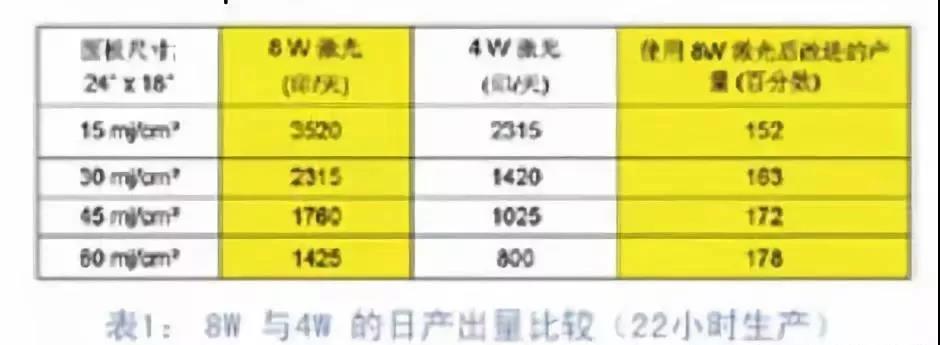
The output can be improved by 50% to 80% using 8W laser, and the traditional dry ink is used, which has a ring width of less than 75 μ M advanced HDI with precise alignment requirements is a great improvement. It is amazing to see that the precision output of LDI / cm2 can reach 8 MW / cm2 in 15 days. Table 2 compares the daily output of 8W laser and the daily output of 4-step shutter exposure machine used to achieve the required accuracy in advanced HDI design. The table shows that in some cases, when the accuracy requirements are very high, one set of 8W laser LDI machine can exceed the daily output of one set of two shutter exposure machines! The output of the shutter exposure machine in Table 2 is calculated as [4 * (positioning time + exposure time) + operation time]. Positioning time = 10 seconds, exposure time = 3 seconds, operation time = 6 seconds.
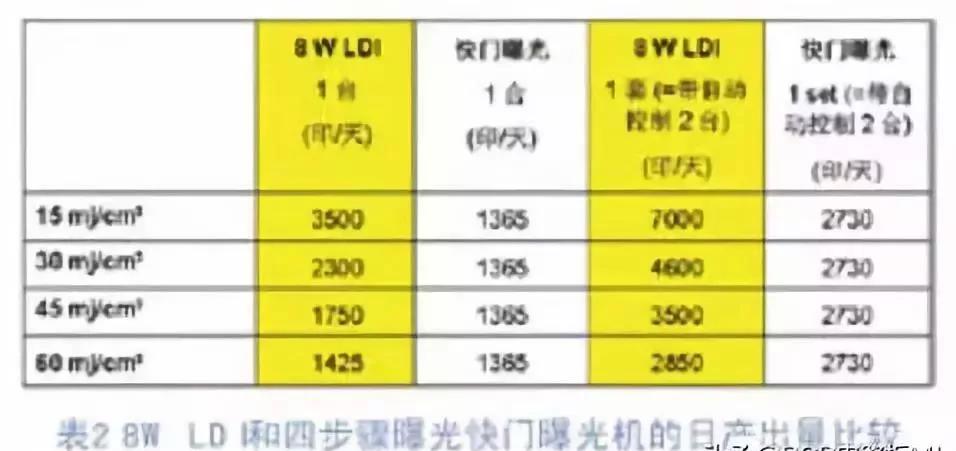
Automatic control - it is obvious that automatic control is the basic requirement of any imaging method used in mass production and the necessary condition to achieve high output. For the requirements of automatic control, the requirements of each customer are different in all aspects.
Automation concept—stand alone or inline, with flipper or without; Automatic control equipment concept - independent or split, with or without turnover machine;
Automatic control equipment suppliers - different PCB manufacturers want to cooperate with their own automatic control equipment suppliers, and other specific requirements of customers - machine size restrictions, panel size, panel thickness and more.

In order to meet all different requirements, automatic control interface solutions for LDI have been developed. Users around the world have adopted different automatic control measures of LDI machine. There are two main modes of use: independent automatic control equipment - automatic control equipment connected to a machine for picking up and placing.
Split automatic control - automatic control equipment connecting two machines for picking up and placing. One of the two machines is a turnover machine, forming an exposure unit with one side entering the board, both machines for exposure and one side out of the board.

Compatible with the existing process - manufacturers often find it difficult and troublesome to introduce LDI technology into mass production. The latest LDI technology solves some common problems for manufacturers who are considering introducing LDI into production:
1. Do I have to replace the dry film I use now? "-- the development of 8W laser technology in 355 nm industrial standard band enables suppliers to continue to use the existing dry film while meeting the required daily output.
"The dynamic scaling function of LDI is good for the outer layer graphics, but will it cause more problems for the exposure of solder resist film?" - In order to solve this requirement, several measures are used.
2. The ultimate solution to this problem is to use the LDI film. Major solder resist film manufacturers, such as sun ink, Tamura, Huntsman and Sun Chemical, have developed rapid LDI solder resist with sensitivity ranging from 40 to 70 MJ / cm2, especially in HDI applications.
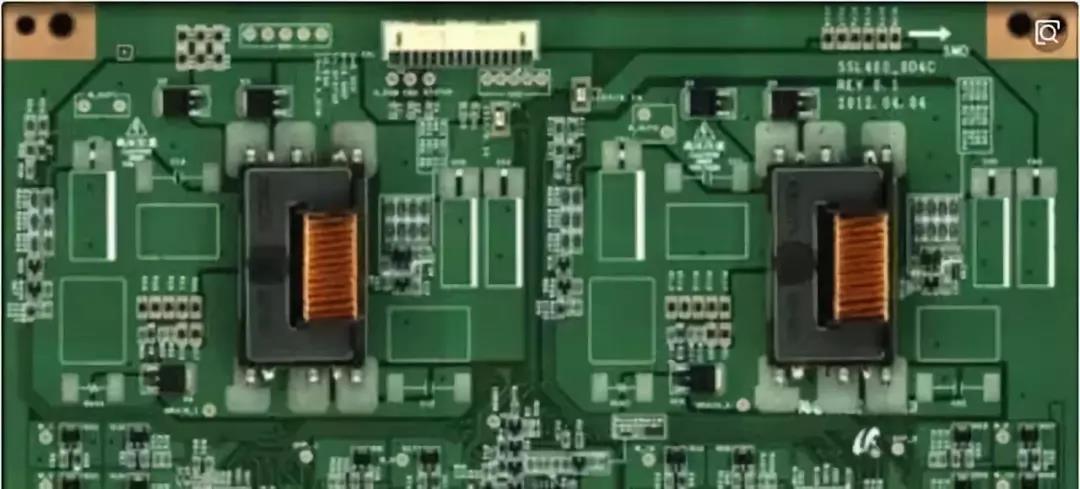
3. Different scaling modes - the developed advanced LDI scaling mode enables the operator of the LDI machine to limit the dynamic scaling to segmented scaling groups, resulting in only a few groups of panels in each batch, when some of the newly developed LDI group fluxes are not applicable or the new group fluxes still need time to be verified. At the later stage of the process, it is easy to generate a photographic plate (film) to expose each group, because it is known that the scale factor of each group is generated by LDI and has been printed on the panel during the exposure of the outer figure.
"Traceability tools are necessary for mass production. Can LDI support this requirement?" - LDI's latest technology includes special tools to support mass production. LDI's digital printing has special functions, which are impossible to obtain by using photographic plate. The imaging method of each panel eliminates the need to cover all panels in a batch / batch with one "negative", which gives LDI special personalization function.
4. Serial number imprinting - this function enables each PCB on each panel and / or surface to print a dynamic serial number on 134 pages followed by 132 pages.
5. Date recording - this function can print the actual date of the printing plate.
6. Scale mark: this function can print the actual scale factor of each board (x scale factor and Y scale factor) for the needs of production in the later process.
With the increasingly strict and precise alignment requirements, it requires the replacement of the traditional exposure method. The latest development in LDI technology, such as all requirements on task batch production, can be achieved through LDI, including accuracy, output, automatic control and traceability.
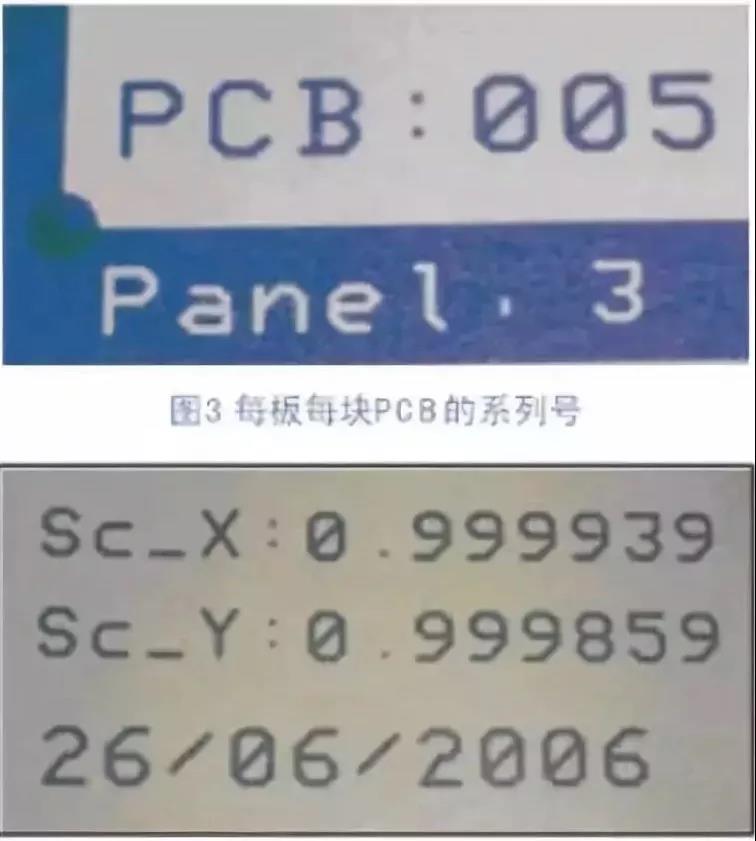
Figure 4 scale factor (x, y and date stamp)
Whether or not someone is thinking that the high purchase cost makes it difficult to purchase these equipment for mass production, the growing HDI manufacturer team is now using LDI system as the imaging method of mass production line. The reason is simple: these manufacturers have confirmed that LDI has increased their production by at least 3% on some more complex HDI boards. As a result, they can recover their investment in one year compared with other new imaging technologies.
Source: headline number - PCB circuit board mi